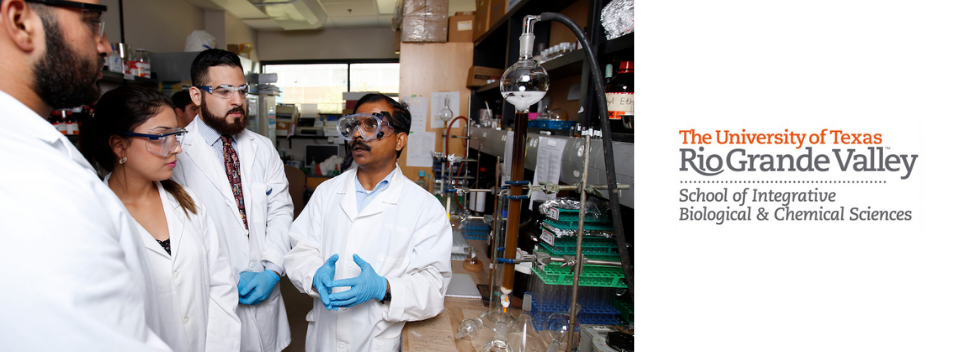
School of Integrative Biological & Chemical Sciences Faculty Publications and Presentations
Genetic tapestry of Capsicum fruit colors: a comparative analysis of four cultivated species
Document Type
Article
Publication Date
5-13-2024
Abstract
Key message
Genome-wide association study of color spaces across the four cultivated Capsicum spp. revealed a shared set of genes influencing fruit color, suggesting mechanisms and pathways across Capsicum species are conserved during the speciation. Notably, Cytochrome P450 of the carotenoid pathway, MYB transcription factor, and pentatricopeptide repeat-containing protein are the major genes responsible for fruit color variation across the Capsicum species.
Abstract
Peppers (Capsicum spp.) rank among the most widely consumed spices globally. Fruit color, serving as a determinant for use in food colorants and cosmeceuticals and an indicator of nutritional contents, significantly influences market quality and price. Cultivated Capsicum species display extensive phenotypic diversity, especially in fruit coloration. Our study leveraged the genetic variance within four Capsicum species (Capsicum baccatum, Capsicum chinense, Capsicum frutescens, and Capsicum annuum) to elucidate the genetic mechanisms driving color variation in peppers and related Solanaceae species. We analyzed color metrics and chromatic attributes (Red, Green, Blue, L*, a*, b*, Luminosity, Hue, and Chroma) on samples cultivated over six years (2015–2021). We resolved genomic regions associated with fruit color diversity through the sets of SNPs obtained from Genotyping by Sequencing (GBS) and genome-wide association study (GWAS) with a Multi-Locus Mixed Linear Model (MLMM). Significant SNPs with FDR correction were identified, within the Cytochrome P450, MYB-related genes, Pentatricopeptide repeat proteins, and ABC transporter family were the most common among the four species, indicating comparative evolution of fruit colors. We further validated the role of a pentatricopeptide repeat-containing protein (Chr01:31,205,460) and a cytochrome P450 enzyme (Chr08:45,351,919) via competitive allele-specific PCR (KASP) genotyping. Our findings advance the understanding of the genetic underpinnings of Capsicum fruit coloration, with developed KASP assays holding potential for applications in crop breeding and aligning with consumer preferences. This study provides a cornerstone for future research into exploiting Capsicum's diverse fruit color variation.
Recommended Citation
Bhattarai, A., Nimmakayala, P., Davenport, B. et al. Genetic tapestry of Capsicum fruit colors: a comparative analysis of four cultivated species. Theor Appl Genet 137, 130 (2024). https://doi.org/10.1007/s00122-024-04635-8
Publication Title
Theoretical and Applied Genetics
DOI
10.1007/s00122-024-04635-8


Comments
Reprints and permissions
https://rdcu.be/dOldS